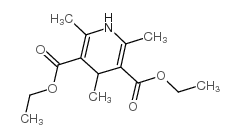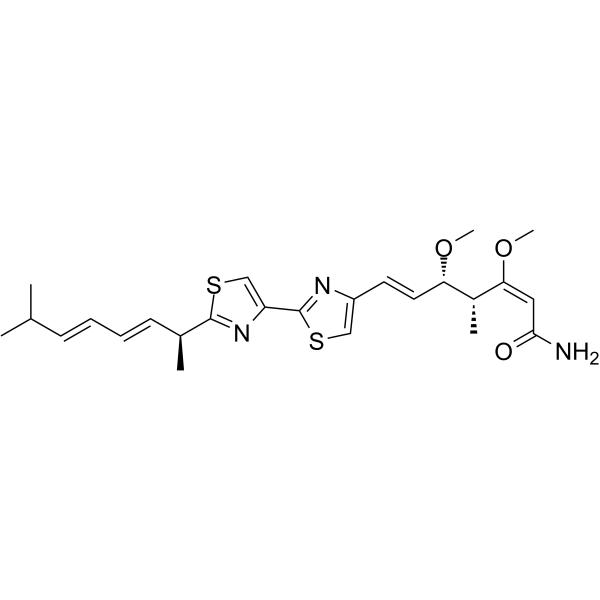| Structure | Name/CAS No. | Articles |
|---|---|---|
 |
Diethyl 1,4-dihydro-2,4,6-trimethyl-3,5-pyridinedicarboxylate
CAS:632-93-9 |
|
 |
Myxothiazol
CAS:76706-55-3 |